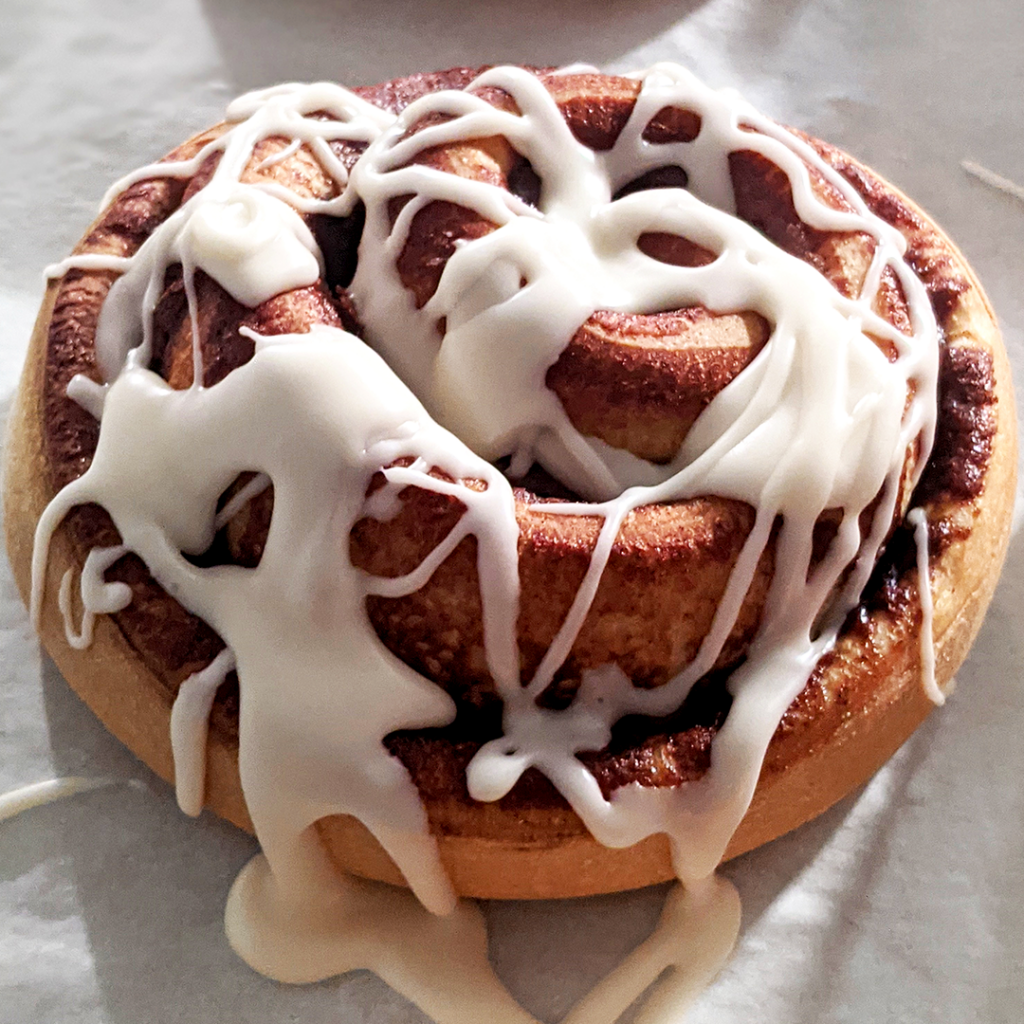What is Proofing?
Proofing is a process in yeast-based recipes. It refers to the period when prepared dough is allowed to rest and rise before baking. During this phase, the yeast in the dough ferments and produces carbon dioxide gas, causing the dough to expand and increase in volume. This process is also known as fermentation.









